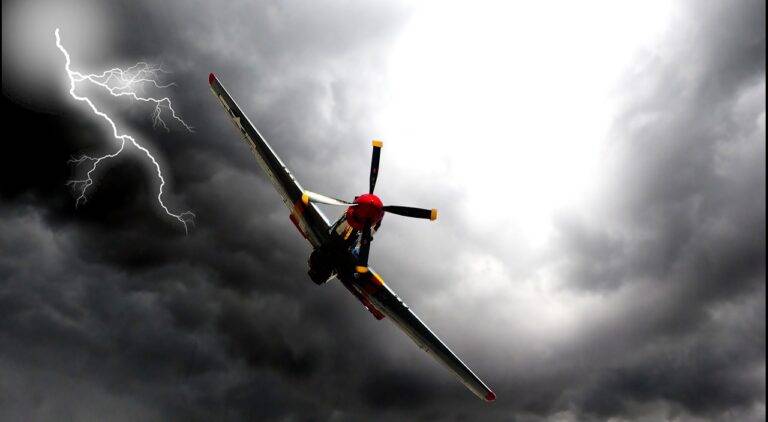Tech Innovations in Disaster Preparedness and Response
Natural disasters pose significant challenges to communities worldwide, with varying degrees of preparedness and response capabilities. One key challenge is the lack of effective communication and coordination among different agencies and organizations involved in disaster management. Oftentimes, the siloed approach to information sharing hampers the ability to respond swiftly and efficiently to unfolding crises.
Another critical challenge is the inadequate resources allocated to disaster preparedness and response efforts. Many regions struggle with limited funding, outdated infrastructure, and insufficient training for emergency responders. This lack of resources can impede the timely deployment of assistance and hinder the overall effectiveness of disaster response efforts.
– Inadequate communication and coordination among agencies
– Limited funding for disaster preparedness and response efforts
– Outdated infrastructure hindering response capabilities
– Insufficient training for emergency responders causing delays in assistance deployment
Current State of Technology in Disaster Management
When it comes to the current state of technology in disaster management, advancements have been notable in recent years. Technology plays a crucial role in monitoring, predicting, and responding to disasters of all types. For instance, the use of drones has become increasingly common for assessing damage and locating survivors in hard-to-reach areas, providing crucial information for response efforts.
Additionally, geographic information systems (GIS) have revolutionized disaster management by enabling authorities to analyze and visualize data related to hazard zones, population distribution, and infrastructure vulnerabilities. This spatial data allows for more efficient emergency planning and response, as decision-makers can better understand the dynamics of a disaster-affected area and allocate resources effectively.
Role of Artificial Intelligence in Disaster Response
Artificial Intelligence (AI) has emerged as a powerful tool in enhancing disaster response efforts. By utilizing algorithms and machine learning, AI can process vast amounts of data in real-time to predict, monitor, and even prevent disasters. One critical aspect where AI excels is in its ability to analyze complex patterns and trends, providing valuable insights to emergency responders for decision-making.
In addition, AI-powered systems can optimize resource allocation during disaster situations, improving the efficiency and effectiveness of response efforts. By streamlining communication, coordination, and resource management, AI can help speed up response times and ultimately save more lives in crisis situations. Overall, the integration of AI in disaster response strategies has the potential to revolutionize how we prepare for and mitigate the impact of natural disasters.
What are the key challenges in disaster preparedness and response?
Some key challenges in disaster preparedness and response include limited resources, lack of coordination among different organizations, communication challenges, and the unpredictable nature of disasters.
What is the current state of technology in disaster management?
The current state of technology in disaster management includes tools such as data analytics, geographic information systems (GIS), drones, and social media monitoring. These technologies help in facilitating better decision-making and coordination during disasters.
How can artificial intelligence help in disaster response?
Artificial intelligence can play a crucial role in disaster response by analyzing large amounts of data to identify patterns, predicting the impact of disasters, optimizing resource allocation, and improving communication and coordination among different response agencies.





